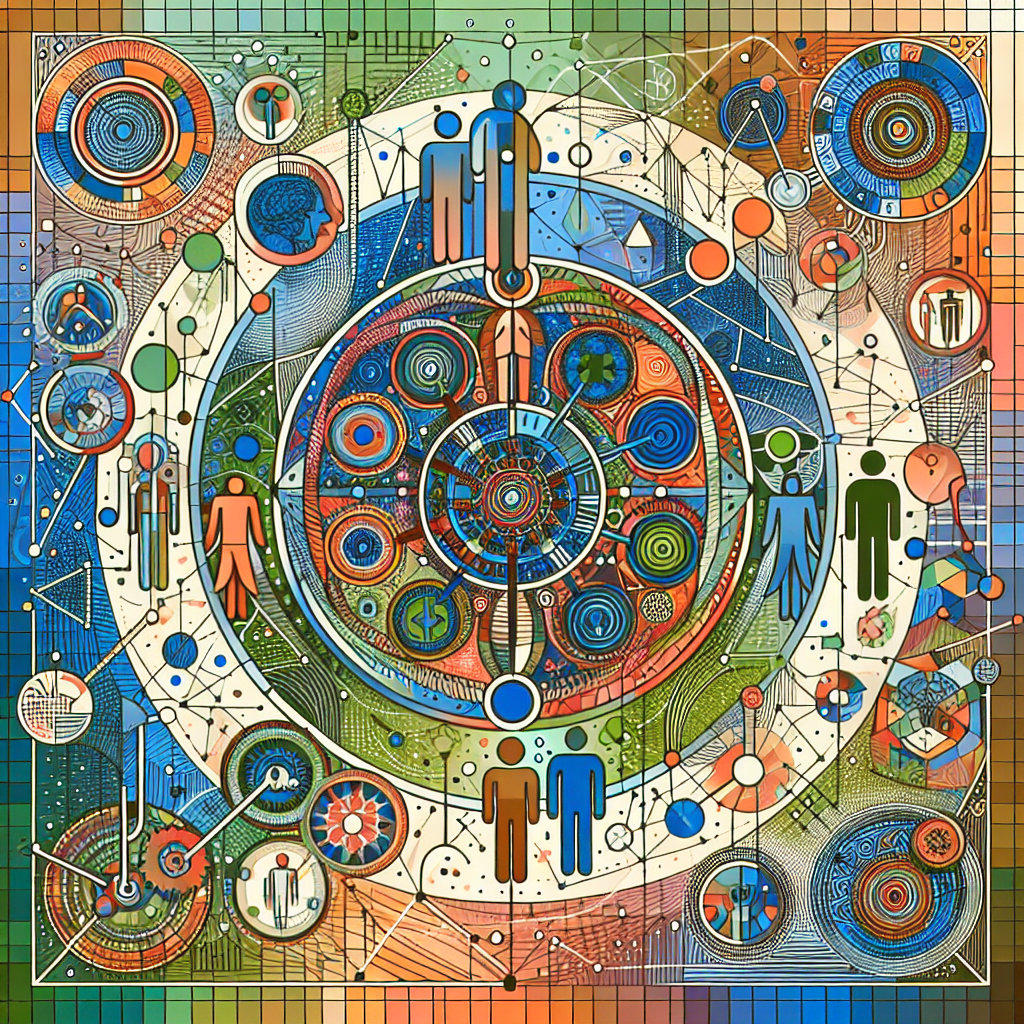- Published on
Understanding the PEOP Model in Occupational Therapy: Enhancing Engagement and Participation in Daily Life
- Authors
- Name
- Bella Martini

Understanding the PEOP Model in Occupational Therapy: Enhancing Engagement and Participation in Daily Life
Introduction
- Understanding the PEOP Model:
- Environment:
- Occupation:
- Performance:
- Application of the PEOP Model in Occupational Therapy:
- Assessment:
- Intervention:
- Collaboration:
- Advocacy:
- Case Example:
- Conclusion:
Occupational therapy is a dynamic field dedicated to helping individuals achieve independence and satisfaction in their daily activities, or occupations. Among the various models and frameworks used in occupational therapy, the Person-Environment-Occupation-Performance (PEOP) model stands out as a comprehensive and holistic approach. Developed by Christiansen and Baum in 1997, the PEOP model provides a structured framework for understanding how personal factors, environmental influences, and occupational activities interact to shape an individual's performance and participation in daily life. In this article, we will delve into the principles of the PEOP model and explore its application in enhancing engagement and participation for individuals across diverse populations.
Understanding the PEOP Model:
The PEOP model comprises four interconnected components: Person, Environment, Occupation, and Performance. Let's break down each component: Person:
The person refers to the individual seeking occupational therapy services. This component encompasses the person's unique characteristics, including their physical, cognitive, emotional, and social attributes. It recognises that each person has distinct strengths, challenges, preferences, and goals that influence their ability to engage in meaningful occupations.
Environment:
The environment encompasses the physical, social, cultural, and institutional contexts in which occupational performance occurs. It includes both the physical spaces, such as home, school, workplace, and community settings, as well as the social and cultural factors that influence behaviour and participation. Understanding the environmental context is crucial in identifying barriers and facilitators to occupational engagement.
Occupation:
Occupations refer to the various activities and tasks that individuals engage in on a daily basis to fulfil their roles and responsibilities. These activities can range from self-care tasks (e.g., bathing, dressing) to productive activities (e.g., work, household chores) and leisure pursuits (e.g., hobbies, socialising). The PEOP model recognises the importance of meaningful occupations in promoting health, well-being, and quality of life.
Performance:
Performance refers to the actual execution of occupations within specific contexts. It involves the interaction between the person, environment, and occupation to achieve desired outcomes. Performance can be influenced by factors such as skill level, motivation, social support, environmental accessibility, and task demands. Occupational therapists assess performance to identify areas of strength and areas needing intervention or support.
Application of the PEOP Model in Occupational Therapy:
The PEOP model serves as a guiding framework for occupational therapists to assess, plan, implement, and evaluate interventions aimed at improving occupational performance and participation. Here's how the PEOP model is applied in practice:
Assessment:
Occupational therapists use a client-centred approach to assess the person's strengths, challenges, goals, and environmental context. Through interviews, observations, standardised assessments, and collaborative goal-setting, therapists gain insights into the factors influencing occupational performance. This holistic assessment helps identify areas for intervention and develop individualised treatment plans.
Intervention:
Based on the assessment findings, occupational therapists design interventions that target the person, environment, and occupation to promote optimal performance and participation. Interventions may include skill-building activities, environmental modifications, adaptive equipment recommendations, education and training, and advocacy efforts. The goal is to empower individuals to overcome barriers, maximise their potential, and achieve their desired outcomes.
Collaboration:
The PEOP model emphasises collaboration among the client, therapist, and other relevant stakeholders, such as family members, caregivers, educators, and community resources. By working together as a team, occupational therapists ensure that interventions are client-centred, culturally responsive, and contextually relevant. Collaboration enhances the effectiveness and sustainability of interventions by addressing the complex interplay of factors influencing occupational engagement.
Advocacy:
Occupational therapists advocate for policies, programmes, and environmental changes that promote inclusion, accessibility, and occupational justice for all individuals. By raising awareness of the importance of meaningful occupations and addressing systemic barriers to participation, therapists contribute to creating environments that support health, well-being, and social equity.
Case Example:
Consider a case involving a middle-aged individual who has experienced a traumatic brain injury (TBI) and struggles with cognitive impairments affecting their ability to return to work. Using the PEOP model, the occupational therapist conducts a comprehensive assessment of the person's cognitive abilities, vocational interests, social support network, and workplace environment. Based on the assessment findings, the therapist collaborates with the client to develop a tailored intervention plan that includes cognitive rehabilitation strategies, vocational training, workplace accommodations, and community reintegration support. Over time, the client demonstrates improved cognitive function, confidence, and job satisfaction, leading to successful employment reintegration and enhanced quality of life.
Conclusion:
The PEOP model provides a comprehensive framework for understanding the complex interplay of personal, environmental, and occupational factors influencing engagement and participation in daily life. By addressing the person's unique needs within their environmental context, occupational therapists can empower individuals to overcome challenges, achieve their goals, and lead fulfilling lives. Through client-centred practice, collaboration, and advocacy, occupational therapy professionals play a vital role in promoting health, well-being, and social inclusion for people of all ages and abilities.